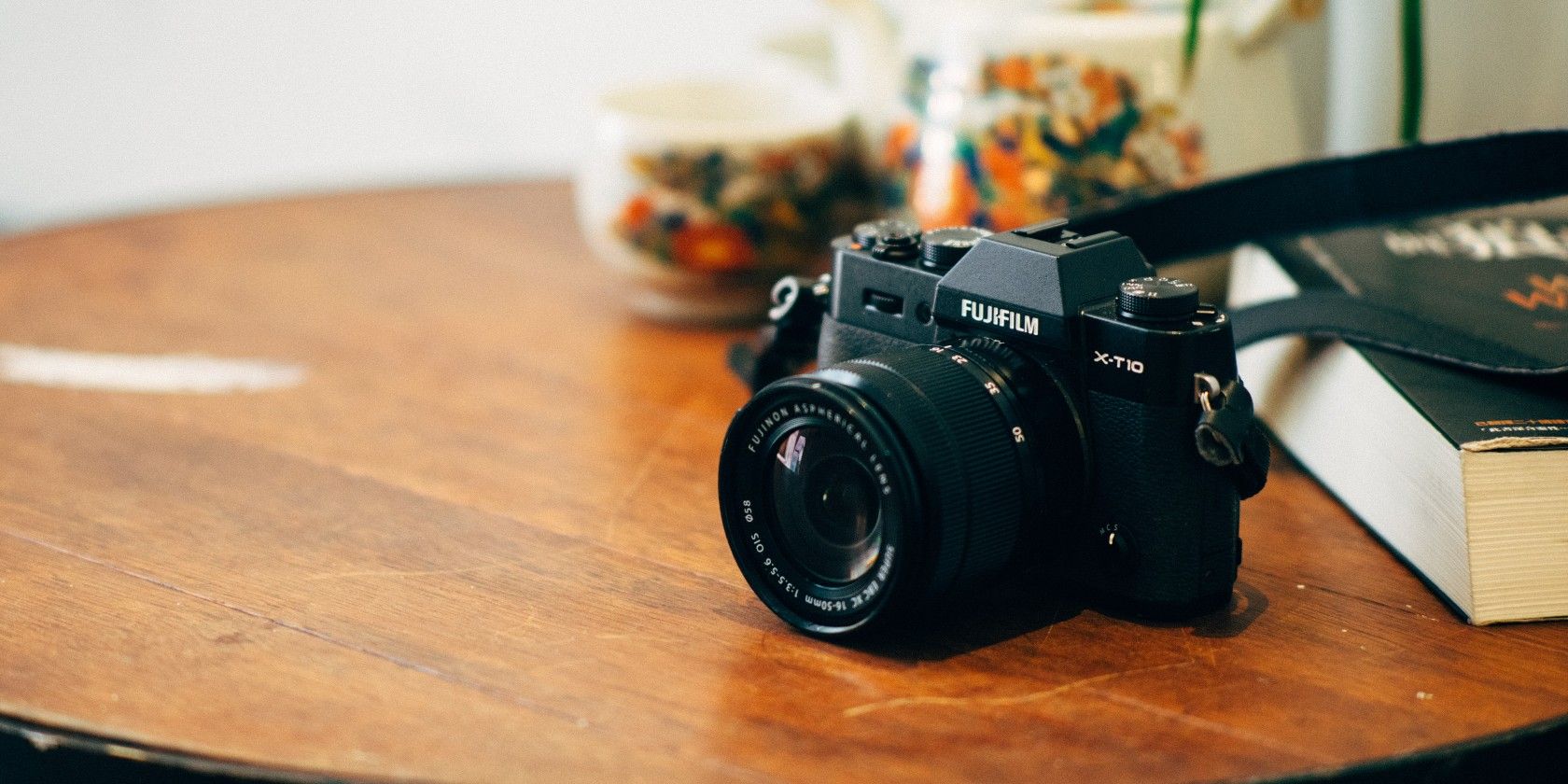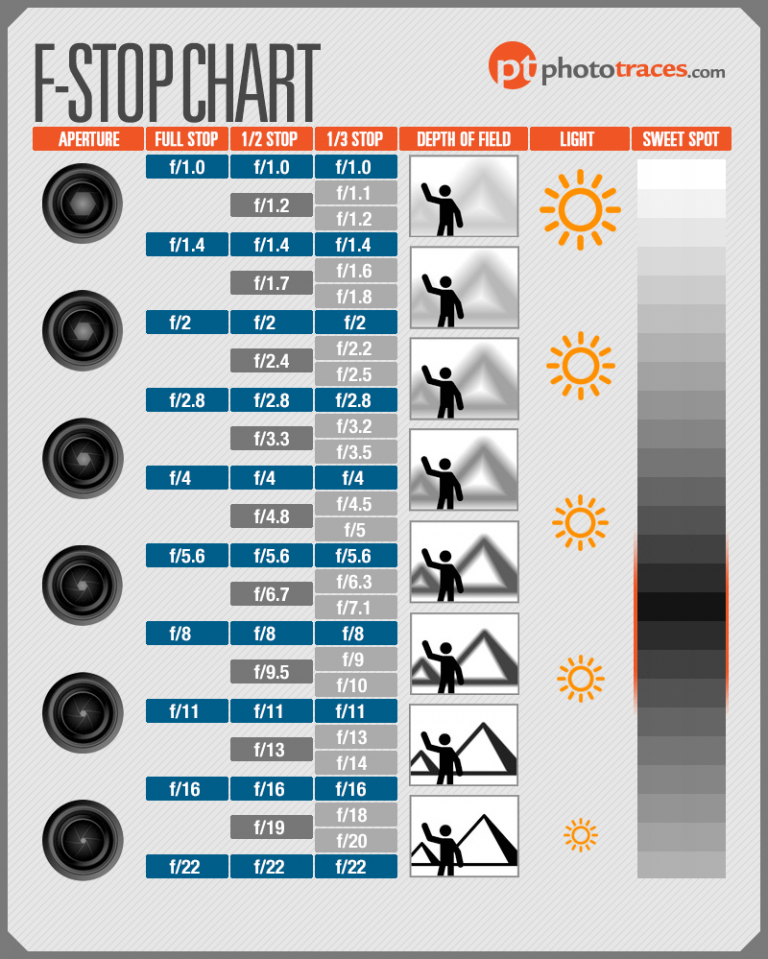What Is The F Stop In Photography
As a lover of photography, I am always looking for ways to improve my skills and capture the perfect shot. One concept that is essential to understand when it comes to photography is the F-Stop. In this post, we will delve deeper into the world of F-Stops and how they can enhance your photography skills.
Understanding F-Stops
What is an F-Stop?
An F-Stop is the ratio of the lens's focal length to the diameter of the aperture. In simpler terms, it refers to how much light enters your camera lens to expose the image you are capturing. A low F-Stop value means a wider aperture, which allows more light, while a higher F-Stop value means a narrower aperture, which lets less light enter.

Why is F-Stop Important in Photography?
Understanding the importance of F-Stops is crucial in taking the perfect shot. The aperture controls both the exposure and depth of field in your photos. A low F-Stop value, for instance, will give you a blurred background and a sharp foreground, resulting in a photo that emphasizes a particular object. On the other hand, a high F-Stop value will keep most of the image in focus and make the background sharp, thereby making it ideal for landscape shots.

Tips and Ideas
Understanding the Relationship Between Aperture, ISO, and Shutter Speed
To utilize the full potential of the F-Stop, you must understand how it interacts with other camera settings like ISO and shutter speed. The aperture, ISO, and shutter speed work together to determine the overall brightness, contrast, and sharpness of the image.
When in a low-light situation, it's essential to use a low F-Stop value, a high ISO, and a slow shutter speed to capture the right amount of light. However, when there's plenty of light, it's best to use a higher F-Stop value, a lower ISO, and a faster shutter speed to achieve a sharp and well-exposed shot.
Using Depth of Field to Your Advantage
Depth of field refers to the range of distance that is in focus in your photograph. Using the F-Stop to adjust your aperture can significantly affect your camera's ability to achieve a proper depth of field. When you shoot with lower F-Stop values, you will produce more shallow depth of field images. This is great for portraits or when you want to make a particular part of the image more prominent.

How-To
Changing the F-Stop Value on Your Camera
Changing the F-Stop value on your camera is relatively simple. First, set your camera to aperture priority mode, which allows you to control the aperture value while the camera determines the appropriate shutter speed for the exposure. Then, adjust the F-Stop value using the dial on your camera. Remember, a lower F-Stop value means a wider aperture and more light, while a higher F-Stop value means a more narrow aperture and less light.

Experiment with Different F-Stop Values
Experimenting with F-Stops is an excellent way to understand how they work and how they can enhance your photography. Start by using a low F-Stop value and photograph a subject with different distances from you. Observe how the image's focus changes and mess around with a high F-Stop value to see how it affects the image's overall sharpness.

Conclusion
In conclusion, understanding F-Stops is essential to becoming a better photographer. It's important to experiment with different F-Stop values and understand their impact on your photos' overall quality. Being able to control and manipulate the aperture value will give you a unique perspective in your photos, making them stand out from the rest.
Read more articles about What Is The F Stop In Photography
Post a Comment for "What Is The F Stop In Photography"